In my last post I reviewed the Yongnuo YN24EX twin flash and found that its build quality and features pleasantly exceeded my expectations. However, any flash used for macro will need to be diffused appropriately in order to avoid blown highlights so prevalent on highly reflective surfaces. In this post, I’m going to show how I diffuse my Yongnuo YN24EX flashgun with Canon MP-E 65mm macro lens. Diffusing flash for higher focal length macro lenses is much more difficult because it is harder to get the flash close to the subject. As a result I will be using the Yongnuo YN24EX solely with my 65mm and 35mm macro lenses.
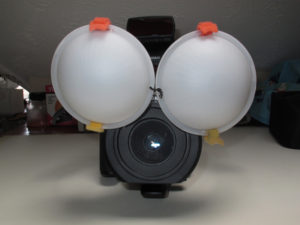
Here is my set-up, which uses 2 domes acquired from the front of a Lambency type diffuser.
Diffusing the YN24EX twin flash:
The key to successful diffusion is to make the diffuser as large as possible and to position it as close as possible to the subject. As with most things in life there is a compromise to be made. Too big and the flash will become too cumbersome and scare off insects; too small and those dreaded specular highlights become unavoidable. Here is my set-up, which has been closely based on Matt Cole’s use of 2 domes acquired from the front of a Lambency type diffuser. These diffusers are cheap and easily available from Ebay. While Matt uses a Canon MT24EX, his solution can easily be transferred to the YN24EX.
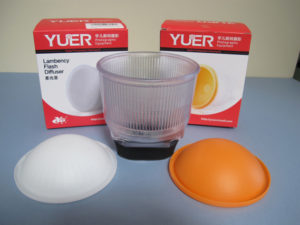
2 domes acquired from the front of a Lambency type diffuser.
The front piece on the Lambency diffuser curves inwards and pops out. Matt cut off the rim around the edge but I preferred to leave the bevelled edge in situ. The issue of how to mount the 2 domes in front of the 2 flash heads needs some ingenuity. Matt’s solution was to hot glue strips of Velcro to the domes. I preferred to avoid using glue and decided to employ a dremel to cut slots into the bevelled edge of the domes, at the top and the bottom of each allowing the strips of Velcro to be slotted through. The images show this clearly. The advantages of the Velcro is that it then becomes possible to adjust each dome to move it closer, or further away from each flash head as required. The picture shows clearly how the Velcro straps allow the domes to fall forward.
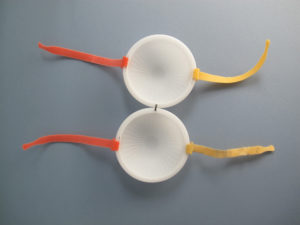
Slots are cut at the top and the bottom of each dome, allowing the strips of Velcro to be slotted through.
The next step was to drill a small hole in the inner edge of each dome and to then feed through a thin cable tie (I used a freezer bag tie). This holds the 2 domes together and makes the whole set-up more stable. As Matt Cole perceptively points out, ‘holding the 2 domes reduces the extent to which the diffuser produces 2 distinct reflections.’
While using 2 domes alone is better than using no diffusion at all, it doesn’t provide sufficient light dispersal to totally avoid hot spots on reflective surfaces. I therefore covered each flash head with thin strips of polystyrene as well as lining each dome with polystyrene. This extra layer of diffusion removed the hot spots resulting in more natural looking even light.
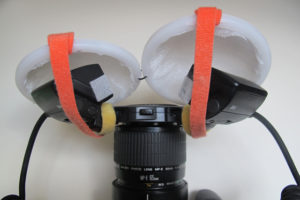
Domes are lined with polystyrene and the velcro strips wrap around the flash heads.
The advantages of the Velcro is that it then becomes possible to adjust each dome to move it closer, or further away from each flash head as required
Here are a few example images contrasting the use of the twin flash without and with diffusion.
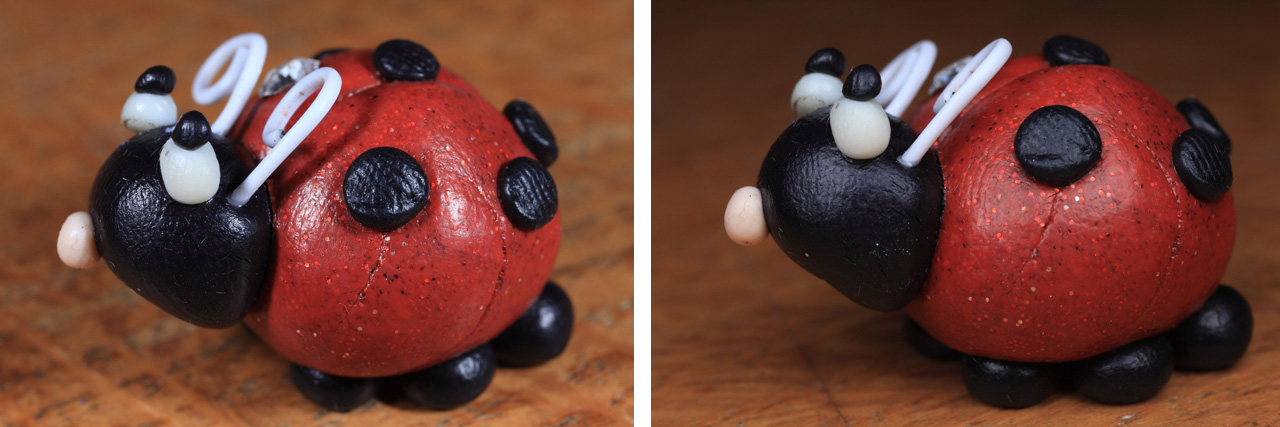
For this test I used a Swarovski ladybird ornament which was about the size of a large beetle.
The pic on the left is without any diffusion and even at the lowest FEC -3 one can still see white highlights on the ladybird. In contrast, the pic on the right was taken with the dome diffusion and shows a more even light with no specular highlights.
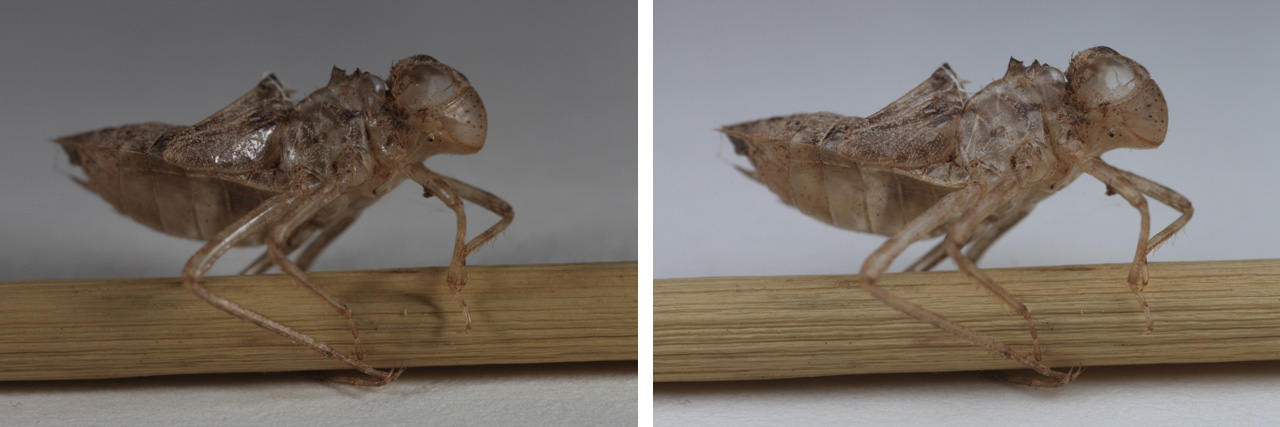
The pic on the right was taken with no diffusion using FEC -3 and one can see the specular highlights on the dragonfly exuviae. The image on the right was taken with the dome diffusion and shows a nice even light with no blown highlights.
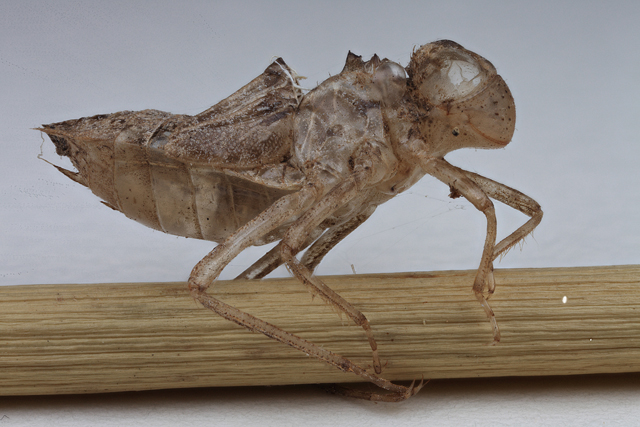
16 stack using Zerene Stacker.
This image was taken with the dome diffusion and required no exposure compensation.
I hope that the comparisons reveal just how effective diffusion can be. Absent are the harsh highlights and extremes of light and shadow to be replaced by much more even tones. However, there is a balance to be made and care must be taken not to have too much diffusion, which can result in images with insufficient contrast.

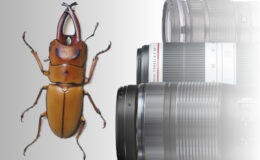
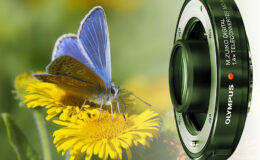
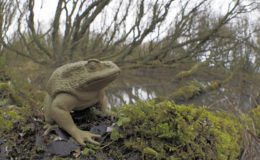
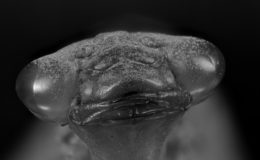

Leave a Comment